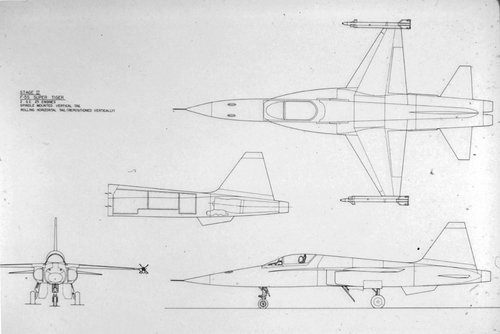- Joined
- 3 October 2007
- Messages
- 1,960
- Reaction score
- 1,195
Due to various factors, I've been away from here for a while and I'm not sure when I can come back regularly or how often, so excuse me if I don't respond to queries.
There absolutely was a plan for a "big wing" Tigershark. It was to be part of the growth plan for the aircraft. The benefits were more weapons flexibility and greater sustained turn, among others. However, it was thought that the cost of developing the new wing would result in too high a unit cost for initial Tigershark sales. So for at least the F-20A&B models there was no thought of incorporating it. Once the plane became known, they might have proceeded with development as customers would be more accepting of a higher price. Some wags suggested that Northrop may have been planning to sell the first version and once customers were hooked, come back with the higher performing big wing to resell to them. I have no knowledge of the veracity of this.
I have actually (legally) seen depictions of the big wing F-20s that were real, not just "what if" musings . You'll have to trust me on this...
There absolutely was a plan for a "big wing" Tigershark. It was to be part of the growth plan for the aircraft. The benefits were more weapons flexibility and greater sustained turn, among others. However, it was thought that the cost of developing the new wing would result in too high a unit cost for initial Tigershark sales. So for at least the F-20A&B models there was no thought of incorporating it. Once the plane became known, they might have proceeded with development as customers would be more accepting of a higher price. Some wags suggested that Northrop may have been planning to sell the first version and once customers were hooked, come back with the higher performing big wing to resell to them. I have no knowledge of the veracity of this.
I have actually (legally) seen depictions of the big wing F-20s that were real, not just "what if" musings . You'll have to trust me on this...











